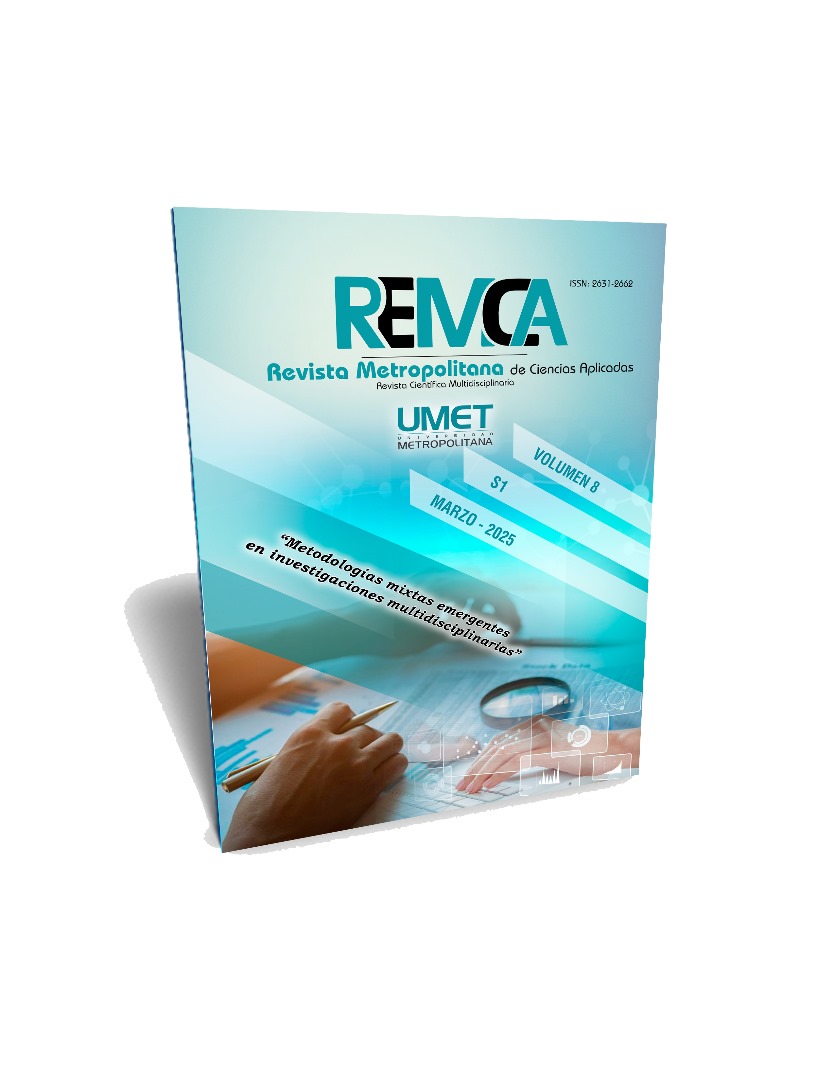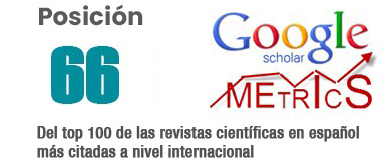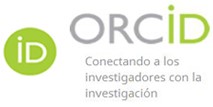Capital estructural de la organización: un estudio bibliométrico
DOI:
https://doi.org/10.62452/5s0sg882Palavras-chave:
Capital estructural, ventaja competitiva, microempresasResumo
El capital estructural se refiere a los activos intangibles de una organización que están relacionados con su estructura interna. El presente estudio analiza de manera exploratoria el capital estructural y facilita la interpretación del capital estructural al ser crucial para entender cómo estos elementos contribuyen al valor y al desempeño de las microempresas del cantón La Maná. El análisis factorial exploratorio ayuda a simplificar esta complejidad y agruparlas en factores que representan conceptos más amplios. Se plantearon cuatro hipótesis relacionadas con la estructuración organizativa y tecnológica (H1), la gestión del conocimiento e innovación (H2), la adopción de herramientas tecnológicas (H3) y la eficiencia del sistema organizativo (H4). Se realizó un análisis factorial exploratorio con el propósito de identificar la estructura subyacente de las variables vinculadas al capital estructural. Los resultados con 5 factores confirmaron la H1, evidenciando que una mayor estructuración organizativa mejora el desempeño empresarial y la sostenibilidad. En cuanto a la H2, se encontró que la gestión del conocimiento y la innovación en los procesos fortalecen la competitividad. Asimismo, la H3 fue respaldada al demostrar que la adopción de tecnologías y sistemas de información optimiza la toma de decisiones estratégicas. Finalmente, la H4 se validó al observar que un sistema organizativo eficiente y orientado a la mejora del trabajo de los empleados incrementa la ventaja competitiva. Estos hallazgos destacan la relevancia del capital estructural como un factor clave para la sostenibilidad y competitividad de las microempresas en entornos dinámicos.
Downloads
Referências
Bharadwaj, A. S. (2000). A resource-based perspective on information technology capability and firm performance: An empirical investigation. MIS Quarterly, 24(1), 169-196. https://www.jstor.org/stable/3250983?origin=crossref
Bontis, N. (1998). Intellectual capital: An exploratory study that develops measures and models. Management Decision, 36(2), 63-76. https://doi.org/10.1108/00251749810204142
Braun, V., & Clarke, V. (2006). Using thematic analysis in psychology. Qualitative Research in Psychology, 3(2), 77-101. https://doi.org/10.1191/1478088706qp063oa
Brynjolfsson, E., & McAfee, A. (2014). The Second Machine Age: Work, Progress, and Prosperity in a Time of Brilliant Technologies. W.W. Norton & Company.
Creswell, J. W., & Plano Clark, V. L. (2017). Designing and conducting mixed methods research (3rd ed.). Sage Publications.
Edvinsson, L., & Malone, M. S. (1997). Intellectual Capital: Realizing Your Company’s True Value by Finding Its Hidden Brainpower. Harper Business.
Edvinsson, L., & Malone, M. S. (1999). El capital intelectual: Cómo identificar y calcular el valor de los recursos intangibles de su empresa. Gestión 2000.
García, M., López, J., & Fernández, R. (2021). Innovación y competitividad en microempresas: Un análisis desde América Latina. Revista de Estudios Empresariales, 12(3), 45-60. https://doi.org/10.1234/ree.2021.1234
Grant, R. M. (1996). Toward a knowledge-based theory of the firm. Strategic Management Journal, 17(S2), 109-122.
Hair, J. F., Black, W. C., Babin, B. J., & Anderson, R. E. (2019). Multivariate Data Analysis. Cengage Learning.
Hernández, P., & Martínez, L. (2018). Capital estructural en microempresas: Una revisión teórica. Journal of Small Business Economics, 50(4), 789-
Hernández, R., Fernández, C., & Baptista, P. (2018). Metodología de la investigación (6ª ed.). McGraw-Hill.
INEC. (2020). Clasificación de empresas en Ecuador. Instituto Nacional de Estadística y Censos. https://www.ecuadorencifras.gob.ec
Kaiser, H. F. (1974). An index of factorial simplicity. Psychometrika, 39(1), 31-36.
López, A., & Ramírez, C. (2020). Sistemas de información y competitividad en microempresas rurales. Revista de Desarrollo Local, 8(1), 112-130. https://doi.org/10.5678/rdl.2020.1234
Melville, N., Kraemer, K., & Gurbaxani, V. (2004). Information technology and organizational performance: An integrative model of IT business value. MIS Quarterly, 28(2), 283-322.
Nonaka, I., & Takeuchi, H. (1995). The Knowledge-Creating Company: How Japanese Companies Create the Dynamics of Innovation. Oxford University Press.
Pérez, J., & Gómez, M. (2020). El rol de las microempresas en el desarrollo local: Un análisis desde la perspectiva económica. Revista de Economía Local, 15(2), 45-60. https://doi.org/10.1234/rel.2020.1234
Porter, M. E. (1985). Competitive advantage: Creating and sustaining superior performance. Free Press.
Rodríguez, A. (2019). Capital estructural en pequeñas y medianas empresas: Una revisión sistemática. Journal of Small Business Management, 57(3), 789-805. https://doi.org/10.1111/jsbm.12345
Stewart, T. A. (1997). Intellectual capital: The new wealth of organizations. Doubleday.
Teece, D. J. (2007). Explicating dynamic capabilities: The nature and microfoundations of (sustainable) enterprise performance. Strategic Management Journal, 28(13), 1319-1350.
Torres, E. (2019). Desafíos de las microempresas en zonas rurales: El caso de Ecuador. Revista de Economía Rural, 14(2), 78-95. https://doi.org/10.4321/rer.2019.1234
Vargas, R., & Salazar, M. (2021). Acceso a tecnología y competitividad en microempresas ecuatorianas. Journal of Latin American Business, 22(4), 301-320. https://doi.org/10.1080/10978526.2021.1234567
Downloads
Publicado
Edição
Seção
Licença
Copyright (c) 2025 Jesús Hernán Peña-Castellanos, Juan Carlos Suárez-Pérez (Autor/a)

Este trabalho está licenciado sob uma licença Creative Commons Attribution-NonCommercial-ShareAlike 4.0 International License.
Os autores que publicam na Revista Metropolitana de Ciencias Aplicadas (REMCA), concordam com os seguintes termos:
1. Direitos autorais
Os autores mantêm direitos autorais irrestritos sobre suas obras. Os autores concedem ao periódico o direito de primeira publicação. Para tal, cedem à revista, em caráter não exclusivo, direitos de exploração (reprodução, distribuição, comunicação pública e transformação). Os autores podem firmar acordos adicionais para a distribuição não exclusiva da versão publicada do trabalho no periódico, desde que haja reconhecimento de sua publicação inicial nesta revista.
© Os autores.
2. Licença
Os trabalhos são publicados na revista sob a licença Creative Commons Atribuição-NãoComercial-CompartilhaIgual 4.0 Internacional (CC BY-NC-SA 4.0). Os termos podem ser encontrados em: https://creativecommons.org/licenses/by-nc-sa/4.0/deed.pt
Esta licença permite:
- Compartilhar: copiar e redistribuir o material em qualquer meio ou formato.
- Adaptar: remixar, transformar e desenvolver o material.
Nos seguintes termos:
- Atribuição: Você deve dar o crédito apropriado, fornecer um link para a licença e indicar se alguma alteração foi feita. Você pode fazer isso de qualquer maneira razoável, mas não de uma forma que sugira que o licenciante endossa ou patrocina seu uso.
- Não comercial: você não pode usar o material para fins comerciais.
- Compartilhamento pela mesma licença: se você remixar, transformar ou criar a partir do material, deverá distribuir sua criação sob a mesma licença do trabalho original.
Não há restrições adicionais. Você não pode aplicar termos legais ou medidas tecnológicas que restrinjam legalmente outros de fazerem qualquer coisa que a licença permita.




